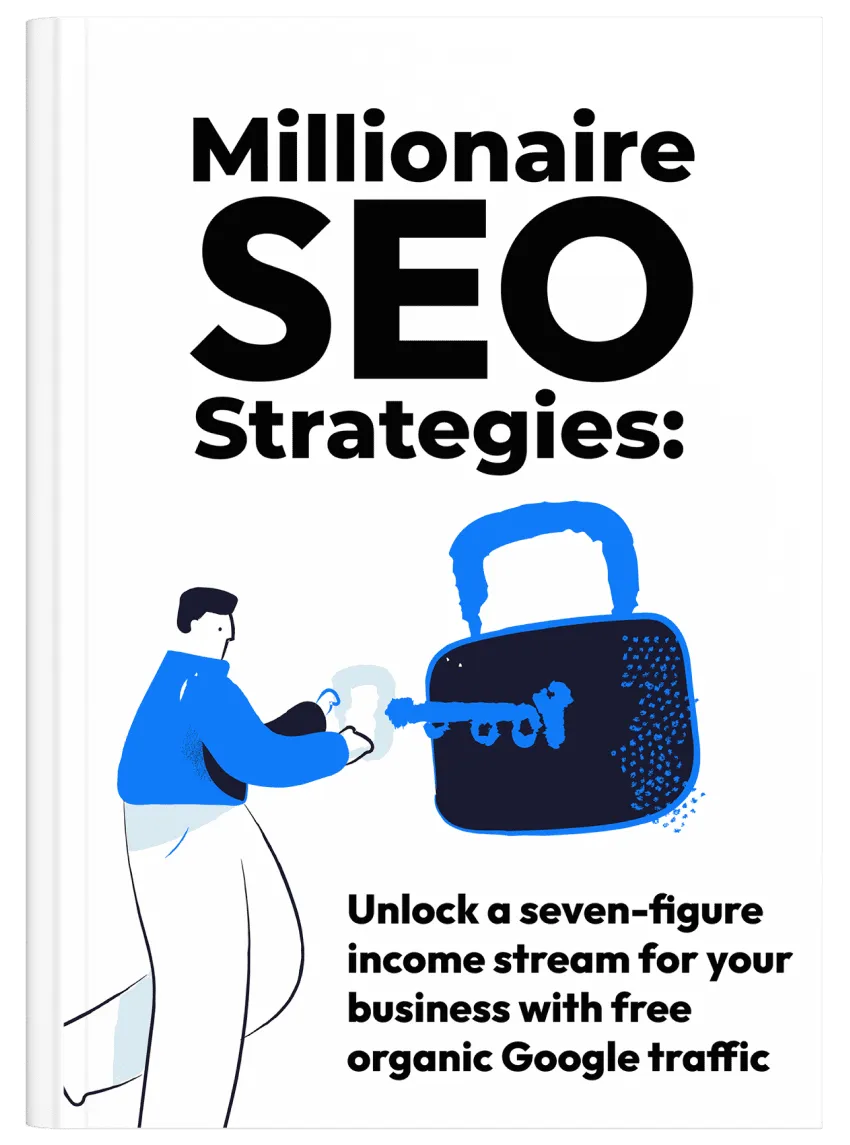
4 Traffic Monetisation Mistakes You Must Avoid
Traffic monetisation is a very integral part of online success that, unfortunately, many business owners completely forget about.
They focus too much on acquiring traffic that they don’t pay enough attention to traffic monetisation. What will happen when that traffic actually come to their website? Not many business owners think that far.
However, if you want to be truly successful, you need to have a solid, working plan regarding traffic generation, traffic optimisation, and traffic monetisation.
In this article, we explore 4 traffic monetisation mistakes that you must avoid to be successful.
1. Creating Thin & Shallow Content
First, if you have thin or shallow content, chances are that you won’t be generating a lot of traffic in the first place — especially not from search engines. Technically, you can still acquire traffic from paid channels (like Facebook marketing) or organic social media sharing (Facebook, Twitter, Pinterest, LinkedIn, Instagram, etc.), but you won’t be able to sustain that traffic at all.
It becomes all the more important when you are selling a product or service.
There are already too many websites on the internet that are selling the same products or services as you are. If you top it off with thin and shallow content, your credibility takes a hit, and selling becomes more difficult.
The content on your product pages must be of very high quality. Otherwise, you won’t be able to properly optimize or monetize your traffic.
Additionally, shallow content also leads to poor engagement numbers, which, in turn, leads to demotion in search engine rankings. It becomes a vicious circle.
2. Avoid Too Many Pop-ups & Interstitials
It can be tempting to show too many pop-ups and interstitials, but it is a mistake that you should avoid.
For starters, your website has to be mobile friendly. Remember that more than 50% of the traffic, on average, comes from mobile devices now. This is an important point because Google also particularly hates websites that show too many pop-ups and interstitials to mobile users coming from search engines.
Google does allow mobile popups or interstitial ads for cookie verification, age verification, legal-related popups, and other easily dismissable popups.
But if there is even a slight chance that your popups are making it difficult to read the content of your webpage, Google will target it and may even penalize it.
Additionally, if you must show popups, do it on very specific pages. Also, avoid showing them on the first page as it may negatively affect usability and engagement metrics. Google can record a high exit-rate for users coming from search engines, and it may lead to a search engine penalty.
3. Don’t Spread Content Across Multiple Pages
While it is a highly recommended way to create a proper sales funnel — spread across multiple levels and pages — it is not always a good idea to spread your content across multiple pages.
Dividing one content piece into multiple pages isn’t always a good idea.
You may argue that huge websites, such as Forbes, does it. And they do it for generating more advertising revenue. But people know and absolutely love Forbes; they may not necessarily feel the same way about your website.
If your website visitors don’t visit all those pages (which is a tiresome task), your engagement statistics can take a hit. More importantly, you will not be able to convey important messages and offers through your text.
4. Too Many Ads
Google AdSense is a proven way to monetize your traffic, and most website owners use this method. But, as with any other method, it must be used very carefully.
If you allocate too much space to ads, it will negatively affect user experience. If your website visitors have to scroll too much to be able to find the content of your webpage, it’s a bad thing. Google notices such nuances.
Furthermore, engagement metrics will also come into play. If Google notices a very high exit rate or bounce rate, it may lead to a search engine penalty. You most probably won’t have any traffic to monetize if Google penalizes your website. So tread carefully.
Instead, focus on creating your own offers and start capturing email addresses of your website visitors. Instead of allocating lots of web space to show Google Ads and send your traffic away, keep your traffic within your website. Promote lead magnets and ask your website visitors to give up their email information so that you can contact them again.
And that could be the first part of your sales funnel, i.e., acquiring new leads.
You can use it later to send tripwire offers as well as main offers for your products and services. That would be the most recommended way to monetize your website traffic.








